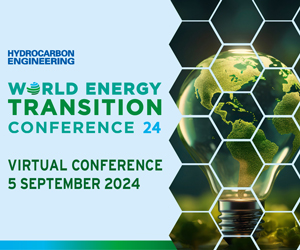In England, the pressure to increase the housing stock is driving bold decisions. According to a recent analysis, over 100,000 new homes could be built in areas known for their high flood risk. These development projects, motivated by ambitious housing goals, raise questions about future economic and environmental impacts and the safety of the homes concerned. As floods become increasingly frequent and intense, this trend underscores the tension between the rising demand for housing and climate safety imperatives.

Housing construction in flood-prone areas
More than 100,000 new homes could be built in the areas with the highest flood risk in England over the coming years. This situation arises from the British government’s desire to develop an additional 1.5 million homes to meet growing demand. However, building homes in areas subject to regular flood devastations could lead to significant economic damage, making properties uninsurable and placing them in constant danger. Experts warn against such constructions in these areas unless absolutely necessary, stating that it would strain the flood defenses.
Potential implications for local communities
The repercussions for local communities would be significant with this massive construction in highly flood-prone areas. Insurance companies and flood experts are calling for an urgent revision of construction policy to avoid overwhelming drainage and flood defense systems. The protection of existing homes becomes paramount as new developments exacerbate flood risks in the immediate surroundings. The increasing pressures on infrastructure and defenses demand a thorough assessment of the sites before any real estate expansion.
Impact of climate change and future expectations
Climate change is intensifying the frequency and severity of floods in the UK, posing additional challenges for the future of the housing market. According to the Environment Agency, projections indicate that one in six homes in England could be affected by such disasters by 2050. This reality necessitates substantial reflection on how to build responsibly and sustainably, taking into account the ongoing climate evolution. The need to construct in safe locations aligns with strategies aimed at preserving resilience against increasing disruptions.
Articles similaires
Thank you!
We will contact you soon.














